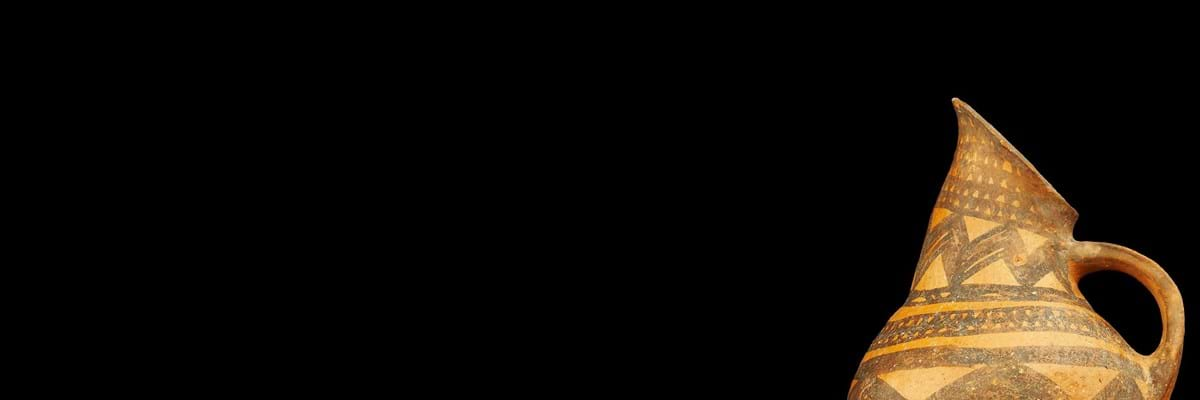Like Athens, Thessaloniki is named after a woman but, in this case, she was a mortal woman not a mythical goddess. She was a Macedonian princess who was the daughter of a king, wife of a king and the sister of Alexander the Great.
She was born on the day her dad, King Philip, won a battle at a place called Thessaly so he named her Victory (nike) at Thessaly - or Thessalonike. And her name lives on, barely changed, some three thousand years later.
Evidence of this vibrant cosmopolitan city’s ancient heydays can be found by visiting the remains of some fabulous buildings. Some even survived a catastrophic fire in 1917 that destroyed much of the city.
Remarkable Thessaloniki has been frequently knocked down, only to get up again. But it never forgets its history and nowhere is this shown better than in its museums. There are 22 of them, each with its own identity. For a few euros per person visitors can delve into a story covering thousands of years from pre-history to the modern day.
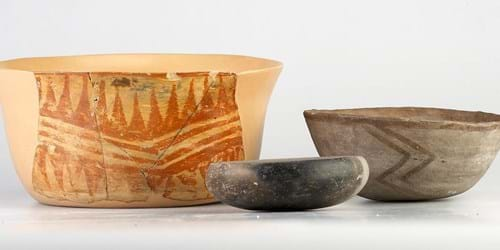
The Archaeology Museum has artefacts and mosaics showing the magnificence and wealth of the city. There is a well-preserved and unusual funerary altarpiece dedicated to a Roman tragic actor called Marcus Varinius Areskon who acted in Thessaloniki some two thousand years ago.
There is a stunning hoard of ancient gold pendants and rings, all in beautiful condition. Statues of Greek gods and goddesses sit side by side with prominent citizens. The best-preserved statue is of Augustus, Rome's first emperor, in typical Greek heroic pose.
A mosaic that was found in a building on one of the main streets depicts a young Dionysus caught up in a famous Greek myth. The vibrant picture shows the god of wine arriving on the island of Naxos where abandoned Ariadne is sleeping after she and Theseus killed the Minotaur on Crete.
The museum is disabled friendly, has panels for visually and hearing- impaired people and is open every day in the season.
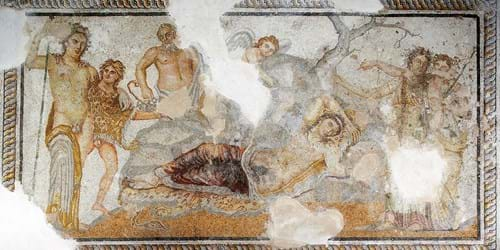
Noesis Science Centre and Technology Museum
A family-friendly museum that could well appeal to children is the Noesis Science Centre and Technology Museum. It offers visitors a chance to experience technology from ancient times right up to a display of classic cars that would have been in the city in the 20th century. This hands-on museum also has a planetarium, 3D cinema, restaurant and gift shop. It is closed on Mondays.
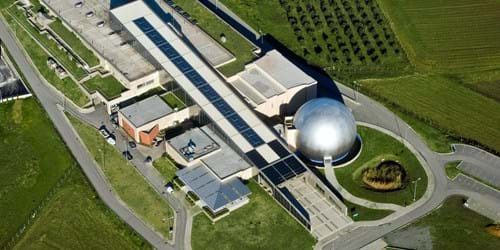
War Museum of Thessaloniki
Thessaloniki has had a deeply troubled past. Dreadful things continued to happen right up to the 1970s. In the Thessaloniki War Museum are old weapons, uniforms, personal tragedies and vehicles including a tank and fighter plane. It has about 10,000 items which cover thousands of years of military history from Ancient Greece to World War 2 and the military control of the country in the 1960s and 70s.
Around 50,000 Jewish people lived in Thessaloniki up to the Second World War. They were descendants of Sephardic Jews who, in the 15th century, fled to the city to avoid persecution in Spain, Morocco, Italy and remote parts of Greece.
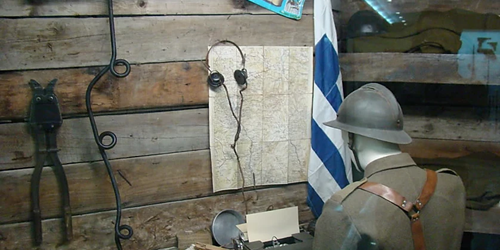
Jewish Museum
As in other parts of Greece, the Jewish quarter of Thessaloniki has all but vanished. The city’s Jewish Museum tells how, from 1941, the population was transported to concentration camps and exterminated. The museum, in a building that was once the home of a Jewish newspaper, has been described as a place both wonderful and incredibly sad.
There is one synagogue left in Thessaloniki, a powerful Jewish Holocaust Memorial and the restored site of an ancient cemetery that contained 300,000 tombs before being destroyed by the Nazis.
Date last updated:



